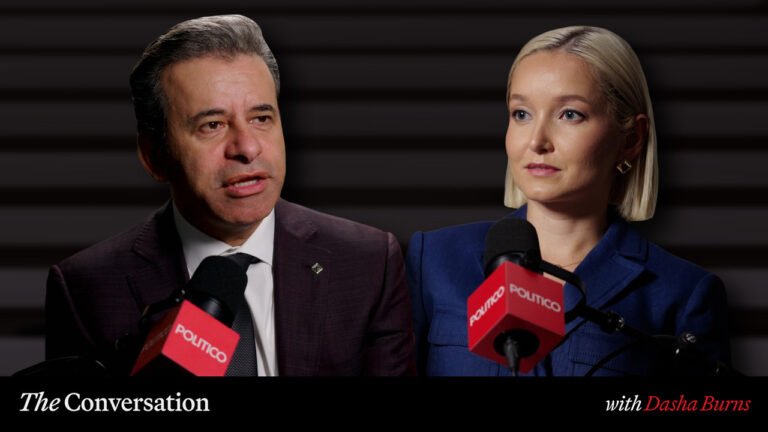
The Trump administration asked the Supreme Court Wednesday to intervene so the president can fire Democratic appointees at two independent federal agencies.
Trump’s dismissals of National Labor Relations Board (NLRB) member Gwynne Wilcox and Merit Systems Protection Board (MSPB) member Cathy Harris have teed up a new test of presidential power.
The administration’s application asks the Supreme Court to issue both an emergency ruling immediately clearing the way for Trump to remove the two appointees and an order taking up the cases in full to settle whether their removal protections are constitutional.
A midlevel appeals court halted the firings but has yet to issue a final ruling. The administration insisted the justices should take the rare step of leapfrogging the lower court to hear the cases now, given their public importance.
“The President should not be forced to delegate his executive power to agency heads who are demonstrably at odds with the Administration’s policy objectives for a single day — much less for the months that it would likely take for the courts to resolve this litigation,” Solicitor General D. John Sauer wrote.
The Supreme Court typically hears its final oral argument of the term at the end of April, but Sauer suggested it should consider scheduling a rare May session so the cases can still be decided before the justices’ summer recess.
Otherwise, the disputes and several additional lawsuits concerning Trump’s firings of other independent agency leaders may otherwise “remain under a legal cloud until 2026,” Sauer said.
“And the President might be forced to continue entrusting executive power to fired officers for more than a quarter of his four-year term,” he wrote. “We acknowledge the concerns surrounding litigating and deciding the important questions raised by these cases on such a short timeline … but respondents’ decision to seek (and the district court’s decisions to grant) reinstatement rather than back pay leaves no workable alternative.”
The cases present the latest test of the second Trump administration’s expansionist view of presidential power.
Trump has looked to eviscerate for-cause removal protections that Congress has implemented for various federal independent agencies, which prevent the president from removing leaders except for neglect of duty or malfeasance in office.
The push could set up a challenge to the Supreme Court’s 90-year-old precedent, Humphrey’s Executor v. United States, that ruled removal protections for certain independent agencies were constitutional, a holding that lower courts have leveraged to block several of Trump’s recent firings. Some of the Supreme Court’s conservatives have cast doubts about the precedent in recent years.
For now, the administration insists the court does not need to overrule the precedent to permit Trump to fire the NLRB and MSPB members. But many legal experts believe the Trump administration will prompt the court to outright disavow the decades-old decision.
“To the extent Humphrey’s Executor requires upholding tenure protections for agencies such as the NLRB and MSPB, the government intends to ask this Court to hold, after receiving full briefing and argument, that Humphrey’s Executor was wrongly decided, is not entitled to stare decisis effect, and should be overruled,” Sauer wrote.

